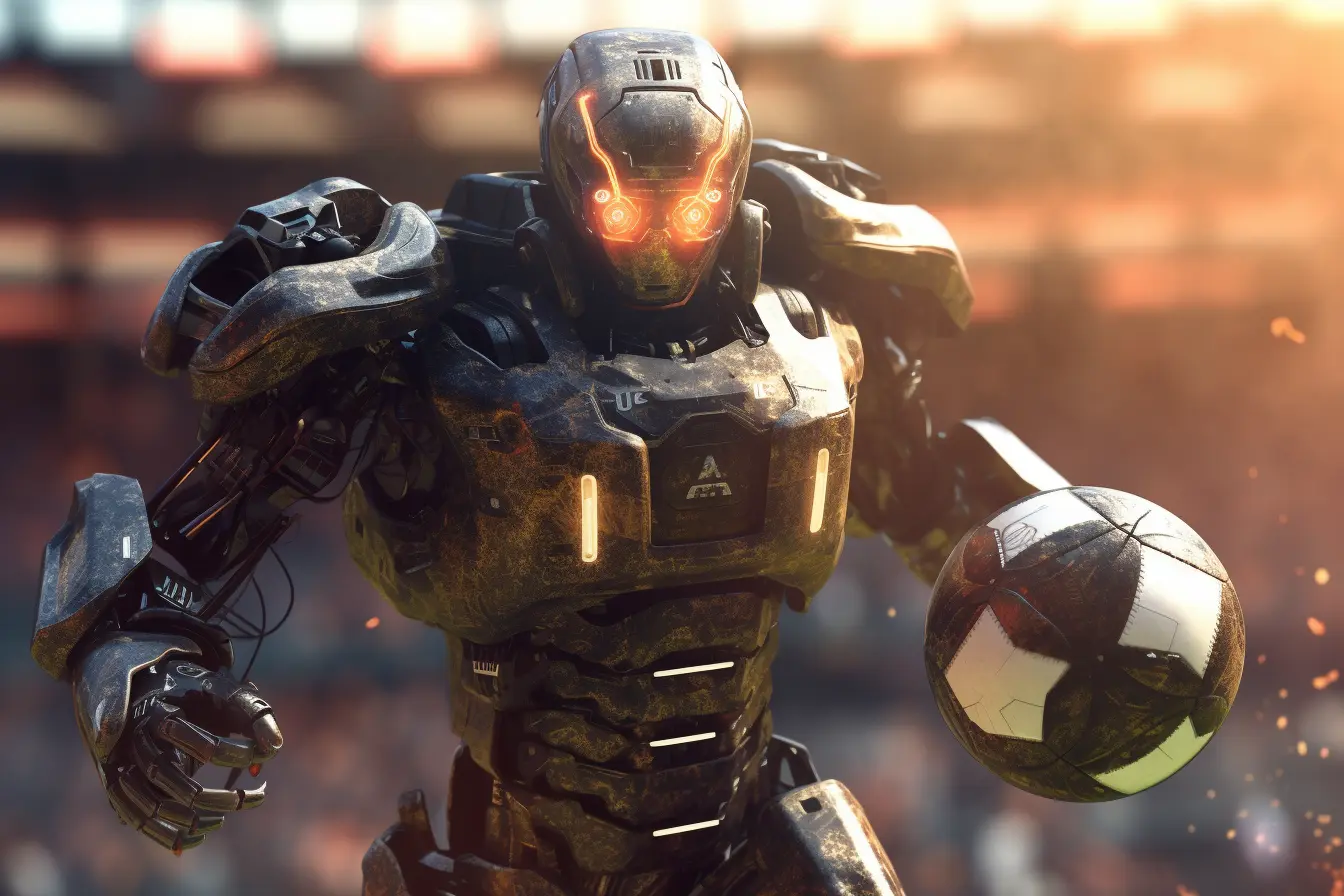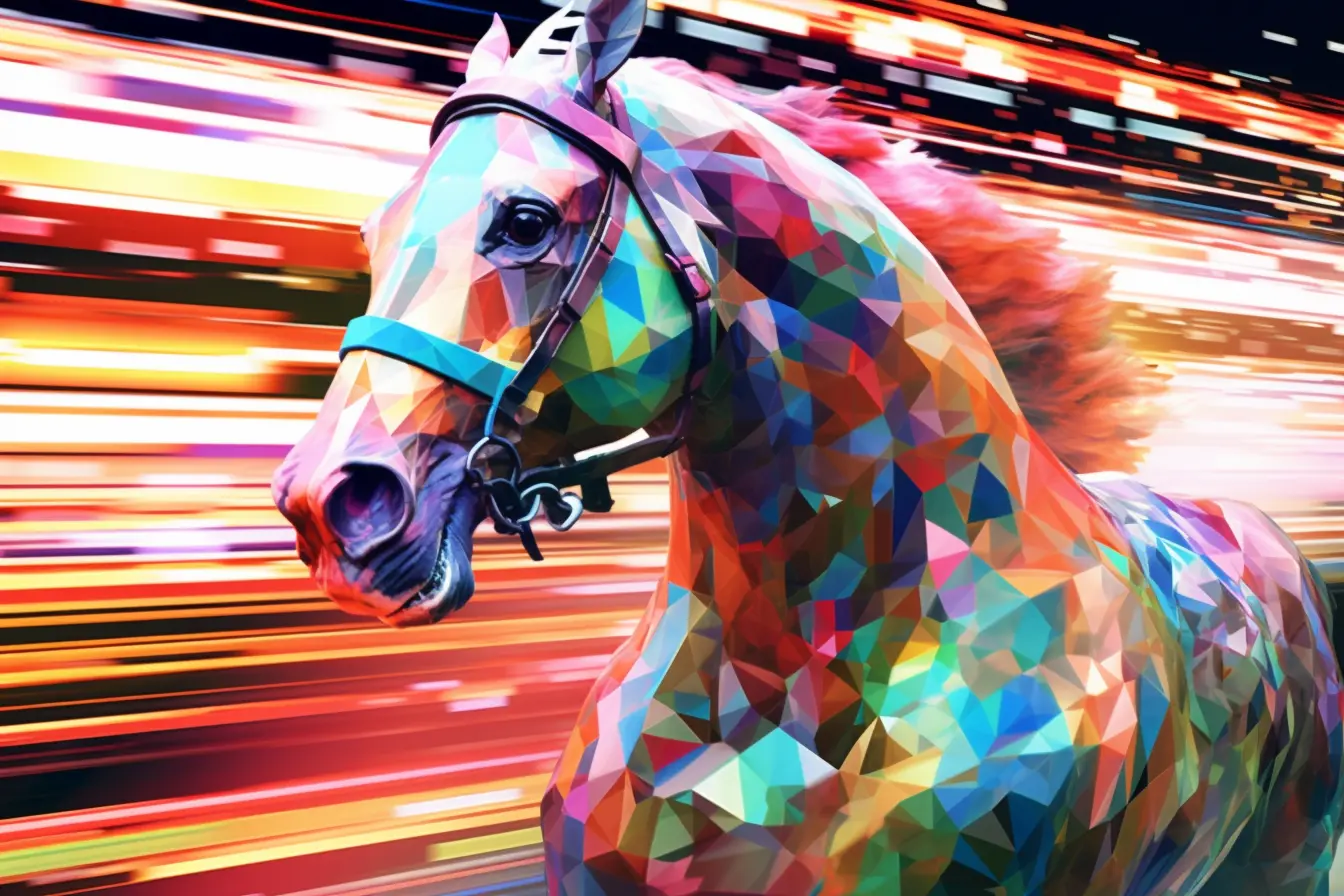Athletic Intelligence: The Coming AI Revolution In Sports
AI, we are told, will revolutionize every aspect of our daily lives, but viewers tuning in to the official coverage of Wimbledon this week may be forgiven for wondering if that’s entirely true. Tennis fans catching up on highlights from the outer courts will encounter IBM’s “AI Commentary”, which the tech giant has extensively trailed before the tournament. Unfortunately for all concerned, the commentary is terrible, limited to stilted - but rushed! - factual statements about the score, served up by an unconvincing synthesized British voice. The experience is similar to having your enjoyment of the tennis interrupted by a robocaller selling you life insurance. Not only is it horrible to listen to, but it’s also completely redundant, as tennis umpires helpfully keep everyone informed of the score. But don’t let this high-profile, low-quality application of AI convince you that the hype is unmerited; AI applications are about to take the sporting world by storm! Let’s look at what’s in store for athletes and fans.

THE REFEREE’S A CYBORG
The most obvious - and welcome - application of sporting AI will be in refereeing. Most major sports have employed some form of video-assisted refereeing system for decades, but they have proven controversial. Their relatively recent introduction in soccer has been particularly difficult, with fans of a sport that prided itself on free-flowing action now frequently enduring stoppages of five minutes or longer, thanks to ponderous video ref deliberations. The promised increase in refereeing accuracy has not arrived, and instead fans get roughly the same amount of controversial decisions, but far more slowly.
"The brand new social experience where you activate your gaming skills as you train like a spy."
- TimeOut
Take on thrilling, high-energy espionage challenges across different game zones.

AI can fix much of this. For offside calls in soccer, and other sports that require split second refereeing decisions on positioning, AI can precisely achieve something that human video referees cannot, called “interpolation” - the practice of working out what happens between two frames of video. Video cameras are limited by the number of frames they can shoot, and most network sports television shoot at a mere 50 frames per second (fps). A top level athlete running at full speed will move at least 7 inches between two frames of a 50fps camera, which is a huge margin of error for offside calls. AI uses interpolation to calculate the player’s position in those crucial milliseconds in between the frames, and drastically reduce the waiting times for - and accuracy of! - decisions in the process. FIFA have already taken steps in this direction, deploying the SAOT system for the 2022 World Cup; this still relied on 50fps cameras, but used position sensors in the ball to help precisely determine the moment the ball was struck, allowing AI to interpolate the video evidence accurately. This helped reduce delays, but the likelihood is that within the next few years, offside decisions will be instantaneous and consistently accurate. And then what will we complain about?
THE NUMBERS GAME
Sport’s love affair with statistics has blossomed over the last few decades, and we now have enormous amounts of data at our disposal covering every aspect of a team or athlete’s performance. The impact has been enormous and can be seen everywhere from the MLB’s moneyball revolution to the NBA’s discovery of the power of three point shooting, and as machine learning techniques are refined we can expect to see more upheavals that change the way sports are played.

There’s also upheaval away from the action. One area that’s already seeing radical change is the betting industry, where a handful of AI-assisted syndicates are leading the sports markets by the nose. As this fascinating Financial Times article reveals, one AI-assisted syndicate is now responsible for almost 30% of all money staked in the United States. This dominance has squeezed out traditional bettors, who are unable to compete with the predictive skills of the neutral networks; sports betting has always been a terrible proposition, but AI has found a way to make it even more unattractive!
A SCOUT IN EVERY POCKET
AI isn’t just better at spotting elite winners, it’s increasingly being used to spot potential winners as well. A large number of apps have sprung up in recent months that function as talent scouts, allowing athletes to perform training drills remotely on camera. These selfie demos of sporting prowess are then analyzed using AI, creating huge international databases of prospective players for sports teams to mull over. For budding athletes, this represents a huge upgrade from the old ways, where word of mouth and personal recommendations played a huge factor in deciding who gets a trial and who does not, and for teams the benefits are even larger; global scouting is expensive!

Using AI techniques to assess physical data is helping to keep athletes off the treatment table, too. Physios have been using machine learning for several years now, but injury risk assessment is a developing field, and as is always the case with machine learning, the more data that is collected, the better the results. As the field matures and the quality of forecasting improves, expect to see fewer players being injured, and more being rested.
There is one other key area of an athlete’s life that could be heavily impacted by AI: drug testing. The World Anti-Doping Agency (WADA) has been ramping up their machine learning analysis capabilities, and as with injury assessment, as the data accumulates the results become clearer. The balance of power between dopers and testers in professional sports has swung back and forth many times over the years, but AI technology seems likely to put the testers firmly back in command, which can only be a good thing for sport, and fans.
SPYSCAPE+

Join now to get True Spies episodes early and ad-free every week, plus subscriber-only Debriefs and Q&As to bring you closer to your favorite spies and stories from the show. You’ll also get our exclusive series The Razumov Files and The Great James Bond Car Robbery!


Gadgets & Gifts
Explore a world of secrets together. Navigate through interactive exhibits and missions to discover your spy roles.
Your Spy Skills
We all have valuable spy skills - your mission is to discover yours. See if you have what it takes to be a secret agent, with our authentic spy skills evaluation* developed by a former Head of Training at British Intelligence. It's FREE so share & compare with friends now!
* Find more information about the scientific methods behind the evaluation here.


Stay Connected
Follow us for the latest
TIKTOK
INSTAGRAM
X
FACEBOOK
YOUTUBE